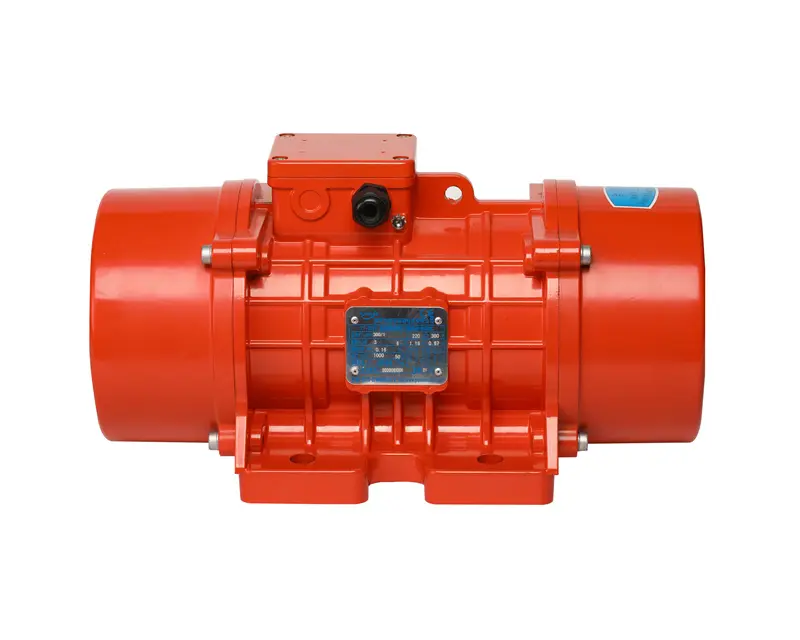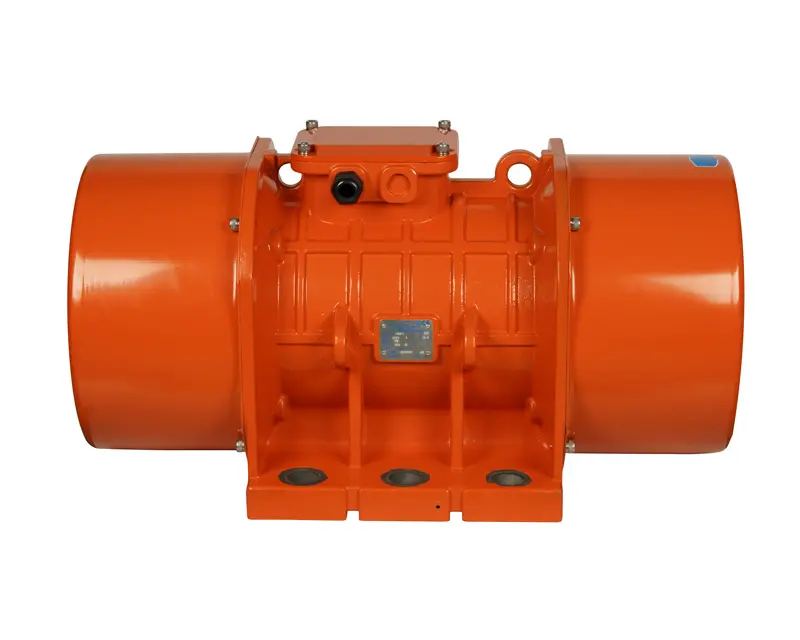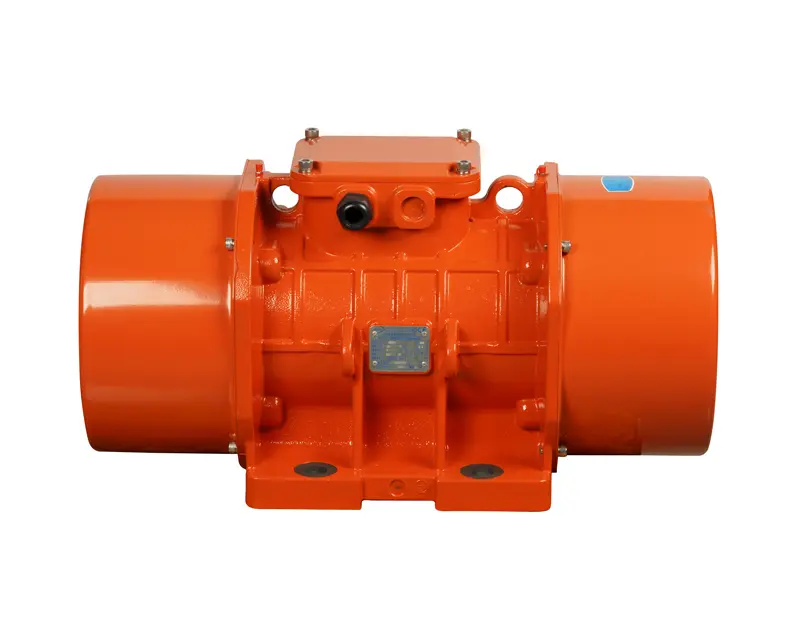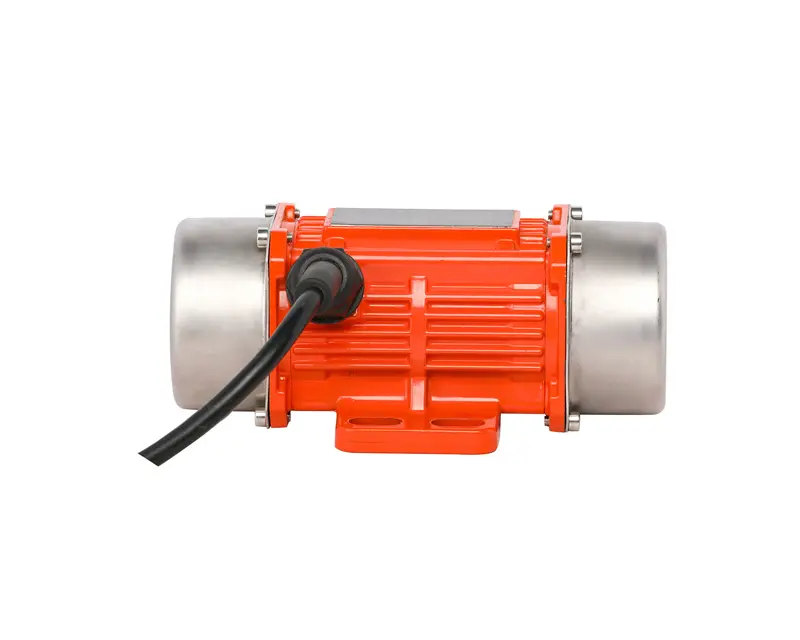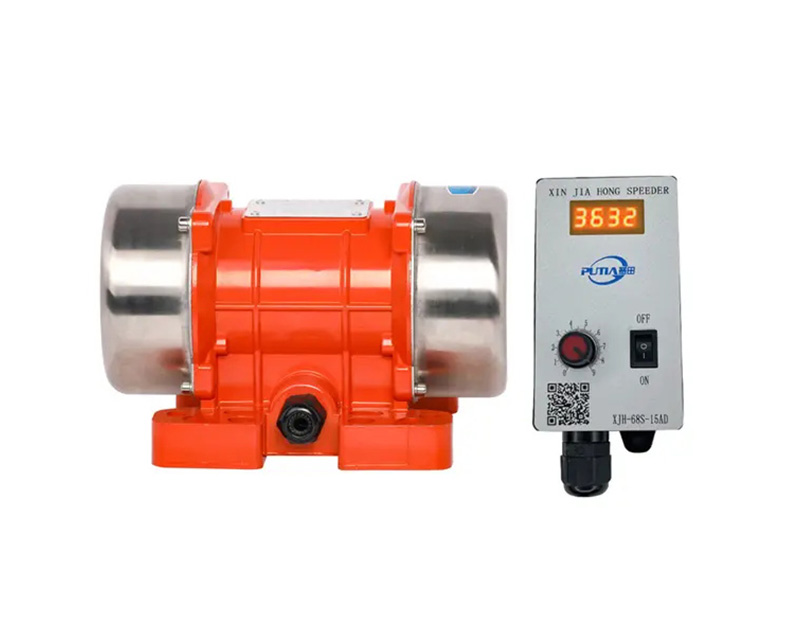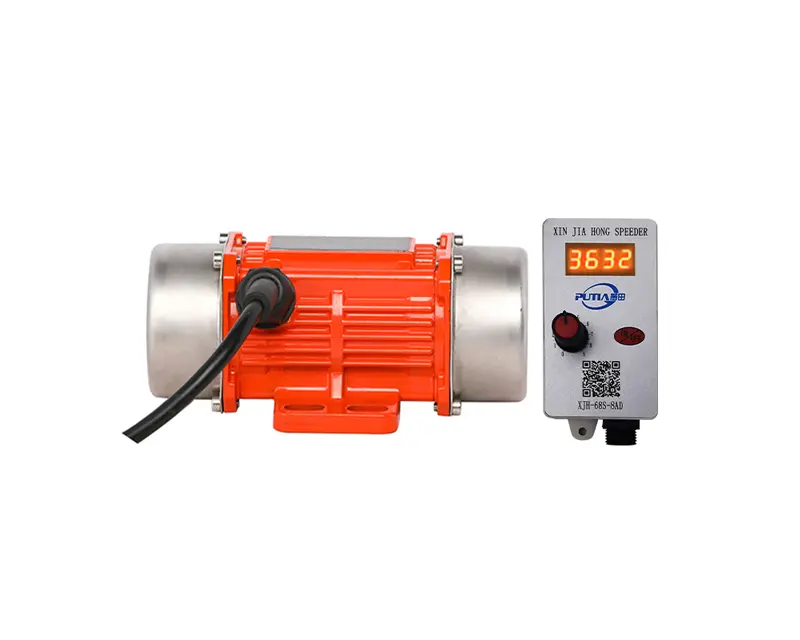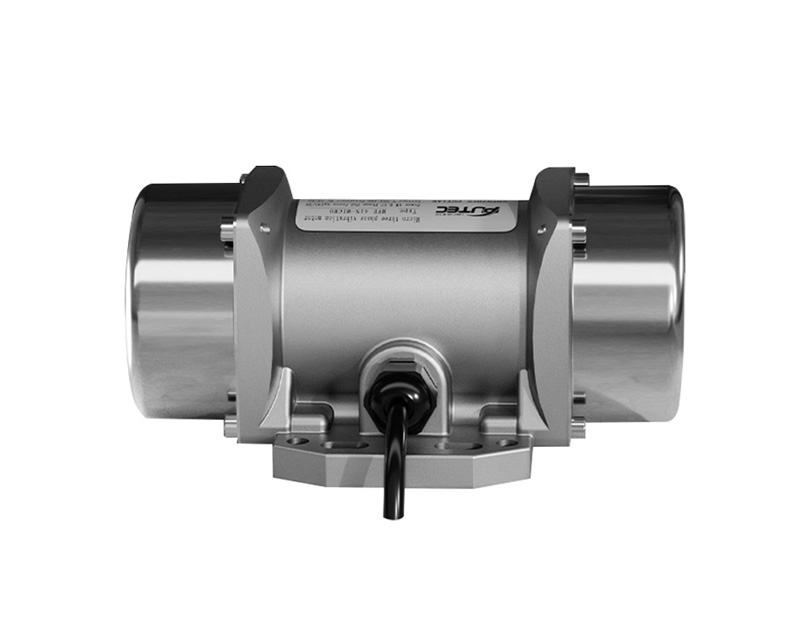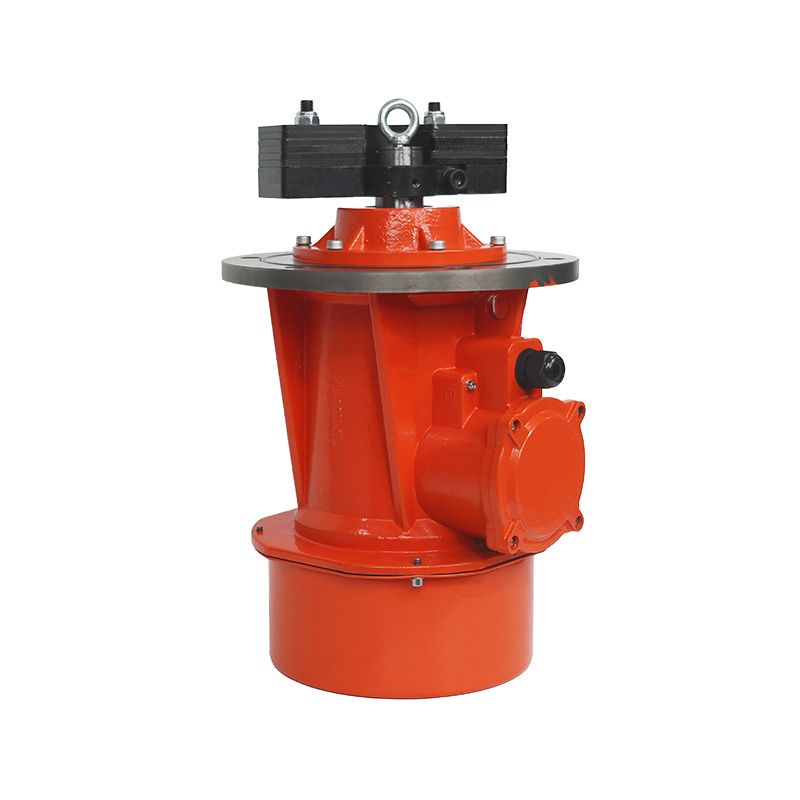The Benefits And Considerations Of Battery-Operated Vibrating Motors And Controllers
 Apr-11-2024
Apr-11-2024
 Industry News
Industry News
Vibrating motors are essential components in various industries, including construction, mining, and material handling. They are used in applications such as vibrating screens, feeders, and conveyors to enhance the flow of materials and improve the efficiency of various processes. Battery-operated vibrating motors and controllers offer unique advantages in terms of portability, flexibility, and ease of use. This article will discuss the benefits and considerations of using battery-operated vibrating motors and controllers in different industrial applications.
1. Portability and Flexibility
One of the primary advantages of battery-operated vibrating motors is their portability. Without the need for a direct power supply, these motors can be easily transported and used in remote locations where electricity may not be readily available. This portability allows for greater flexibility in operations and opens up possibilities for use in a wider range of environments.
Additionally, battery-operated vibrating motors can be quickly and easily installed in various equipment without the need for complex wiring. This ease of installation and setup can save time and reduce costs for companies working on multiple projects or in changing locations.
2. Improved Safety and Reduced Risk
Battery-operated vibrating motors eliminate the need for external power sources, such as generators or electrical outlets, which can pose safety risks in certain environments. By operating on batteries, these motors lessen the risk of electrical shocks or fires, making them a safer option for workers in hazardous locations.
Moreover, the reduced reliance on external power sources can help prevent tripping hazards from cords and cables, further contributing to a safer work environment.
3. Efficiency and Energy Savings
Modern battery-operated vibrating motors are designed to provide efficient and reliable performance. They can be equipped with controllers that optimize energy usage by adjusting motor speed and vibration intensity according to the specific requirements of the application.
By using controllers to manage power consumption, battery-operated vibrating motors can extend battery life and reduce the frequency of battery replacements. This energy efficiency not only benefits the environment but also helps companies save on operational costs.
4. Applications in Various Industries
Battery-operated vibrating motors and controller vibration motor are versatile and can be used in a variety of industries and applications. For instance, in construction, they are used in vibrating screens to separate materials and improve sorting efficiency. In mining, they can be employed in vibrating feeders to ensure the smooth flow of materials and prevent blockages.
In agriculture, battery-operated vibrating motors can be used in seed planters and other equipment to enhance planting accuracy and productivity. In the food processing industry, they can be employed in vibratory conveyors to transport delicate or perishable items without causing damage.
5. Maintenance and Longevity
Proper maintenance is essential to ensure the longevity and performance of battery-operated vibrating motors. Regular inspections and cleaning can help prevent dust and debris from accumulating on the motor, which can lead to overheating and reduced efficiency.
Lubrication of moving parts, such as bearings, is also important to reduce friction and wear, thereby extending the lifespan of the motor. Additionally, monitoring the battery level and replacing batteries as needed can help maintain consistent performance and prevent unexpected downtime.
6. Considerations for Choosing the Right Motor and Controller
When selecting a battery-operated vibrating motor and controller, there are several factors to consider:
- Power and Vibration Requirements: Determine the specific power and vibration needs of the application to choose a motor that meets these requirements. Factors such as frequency, amplitude, and load capacity should be taken into account.
- Battery Life: Consider the expected duration of operation and choose a motor with a battery life that aligns with these requirements. Longer battery life can less downtime and increase productivity.
- Control Options: Look for controllers that offer adjustable settings for speed and vibration intensity. This flexibility allows for fine-tuning the motor's performance to suit different applications.
- Durability and Build Quality: Opt for motors and controllers made from high-quality materials that can withstand harsh working conditions and offer long-term reliability.
- Compatibility: Ensure that the motor and controller are compatible with existing equipment and systems to avoid integration issues.
Conclusion
Battery-operated vibrating motors and controllers provide numerous advantages, including portability, safety, efficiency, and versatility. They are suitable for a wide range of industrial applications and can contribute to improved productivity and reduced operational costs. By carefully selecting the right motor and controller for the job and adhering to proper maintenance practices, companies can maximize the benefits of this technology and achieve successful outcomes in their projects.


 English
English русский
русский Português
Português عربى
عربى فارسی
فارسی
